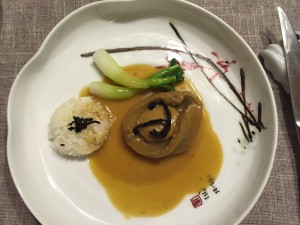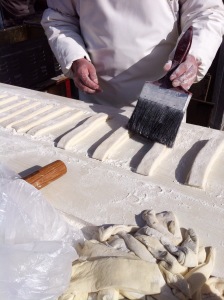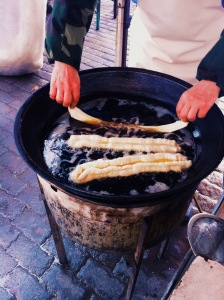Flan is one of my favourite desserts. I adore how it quivers and the slightly bitter caramel brings back memories of all my aunts in Granada who had their fridges stuffed to the brim with flanes.
This is the traditional recipe. I much prefer dainty individual ones as opposed to a large one. Also I am very partial to whole milk especially organic Irish milk from cows that are pasture-fed. There are many recipes made with condensed milk which give flans a different texture and in my opinion a too sweet taste. Condensed milk is perfectly fine if you have no access to fresh top-notch milk but in Ireland it makes no sense for me to use it.
Flans should be quivering so the proportion of milk to eggs has to be just right. Too much egg or egg yolk at it becomes too stodgy and gelatin-like.
Unmoulding the flan should not be super easy, after all it’s not a gelatine. Flans are delicate affairs. The best ones should not have little indentation bubbles around it, although some chefs do this for effect as in the past and this was possibly to less than perfect ovens a lot of them did.
Getting the right color (and of course) flavour in the caramel is very important. You want a slight bitterness to offset the sweet quality of the flan. If the caramel is not cooked long enough it’s just sugar over sugar.
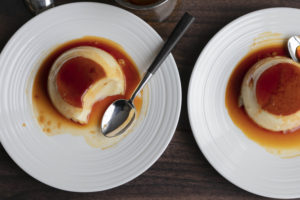
Traditional Caramel Flan
Ingredients
For caramelising the moulds
75g sugar
40g water
For the flan:
500g whole-milk
2 egg yolks
3 eggs
175g sugar
Prepare and ice bath to stop the caramel. Put the water in a small stainless steel pan with the sugar and bring to a boil. Do not stir.
Lay the molds in a baking tray. When the sugar becomes light brown wait for the color to turn a little bit darker. Stop the caramelising by putting the botton of pot in the ice bath (just the bottom!). Work quickly to coat all the molds. It will coat around 6.
Pre-heat the oven to 180 degrees.
Bring the milk to a boil and put aside. Whisk the egg yolks and eggs with the sugar. Incorporate the milk little by little. Strain through a small mesh strainer into a jug. Fill each mould with the mix.
Boil a full kettle. Place the deep baking tray in the oven. Carefully fill the baking tray with water reaching up to half the mould. This is called a bain marie. Close the oven and bake for 15 minutes or until just set. Very carefully take the baking tray out of the oven and cool down. Place in the refrigerator and unmould just before serving. I place them in slightly hot water to do this.
Enjoy!
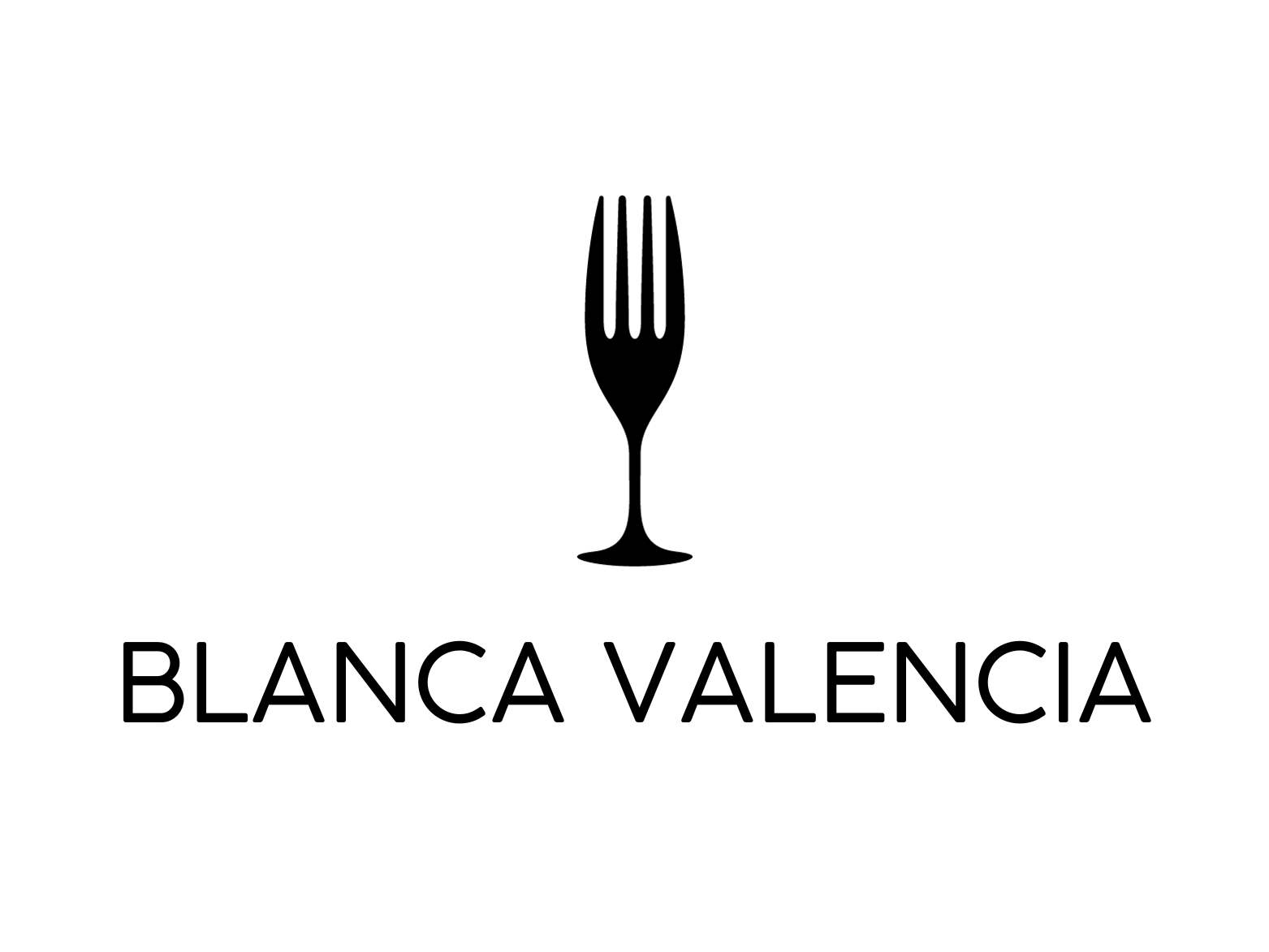
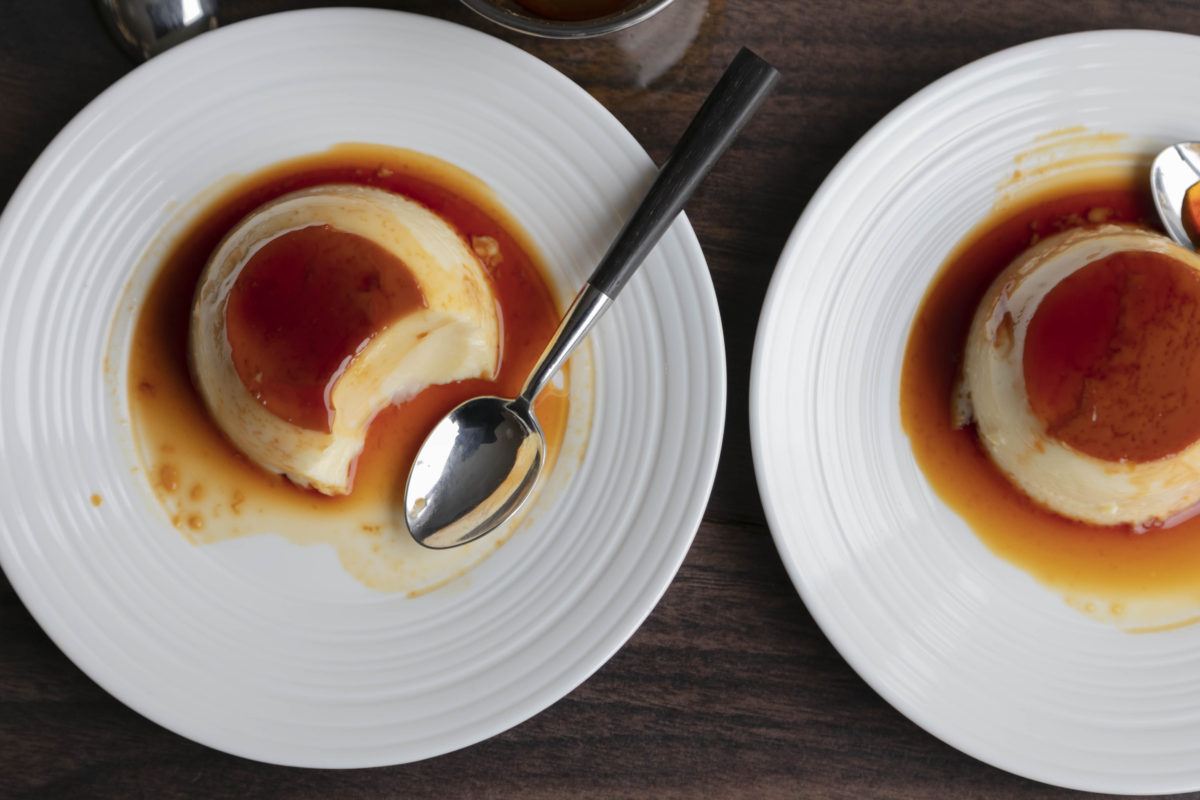
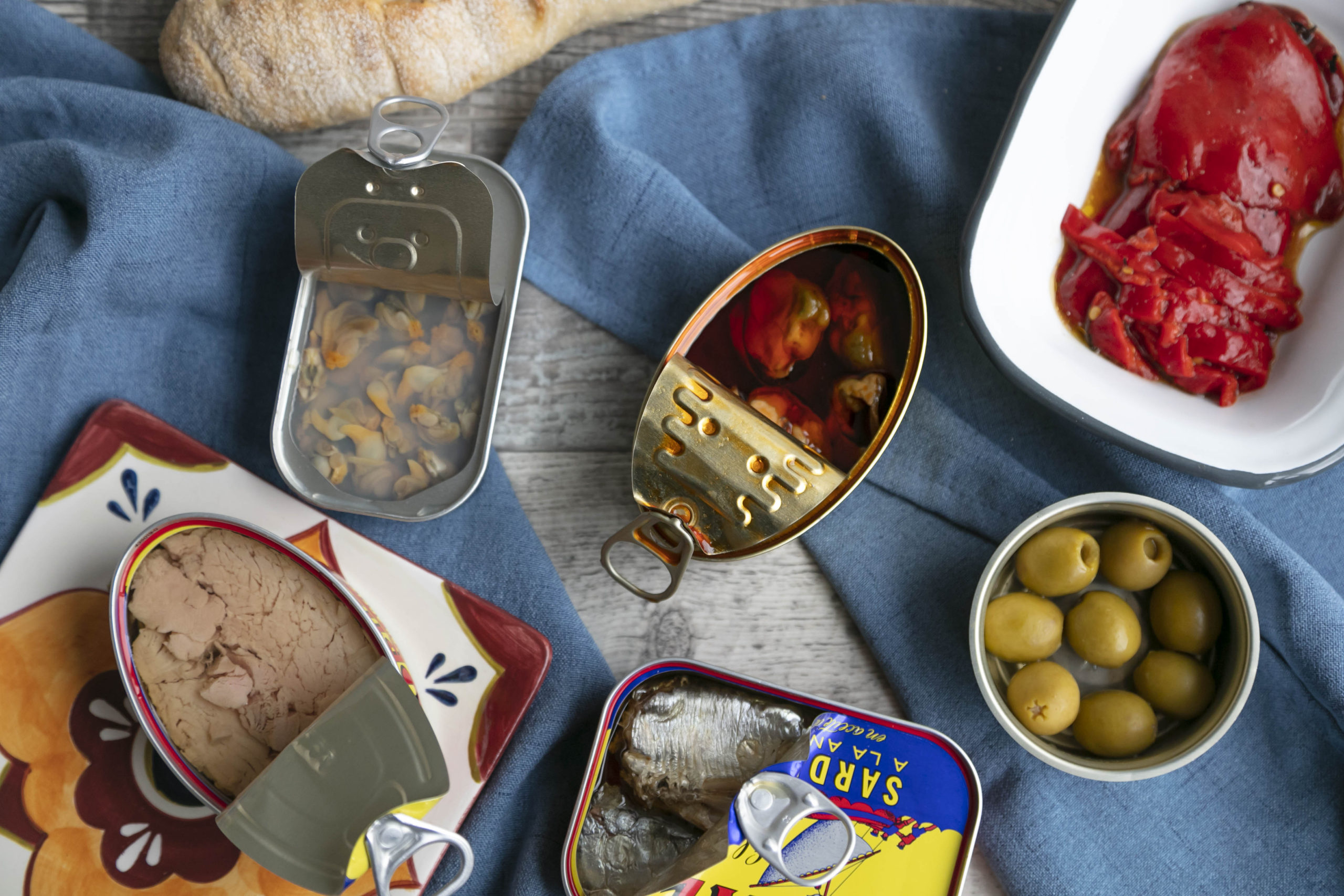
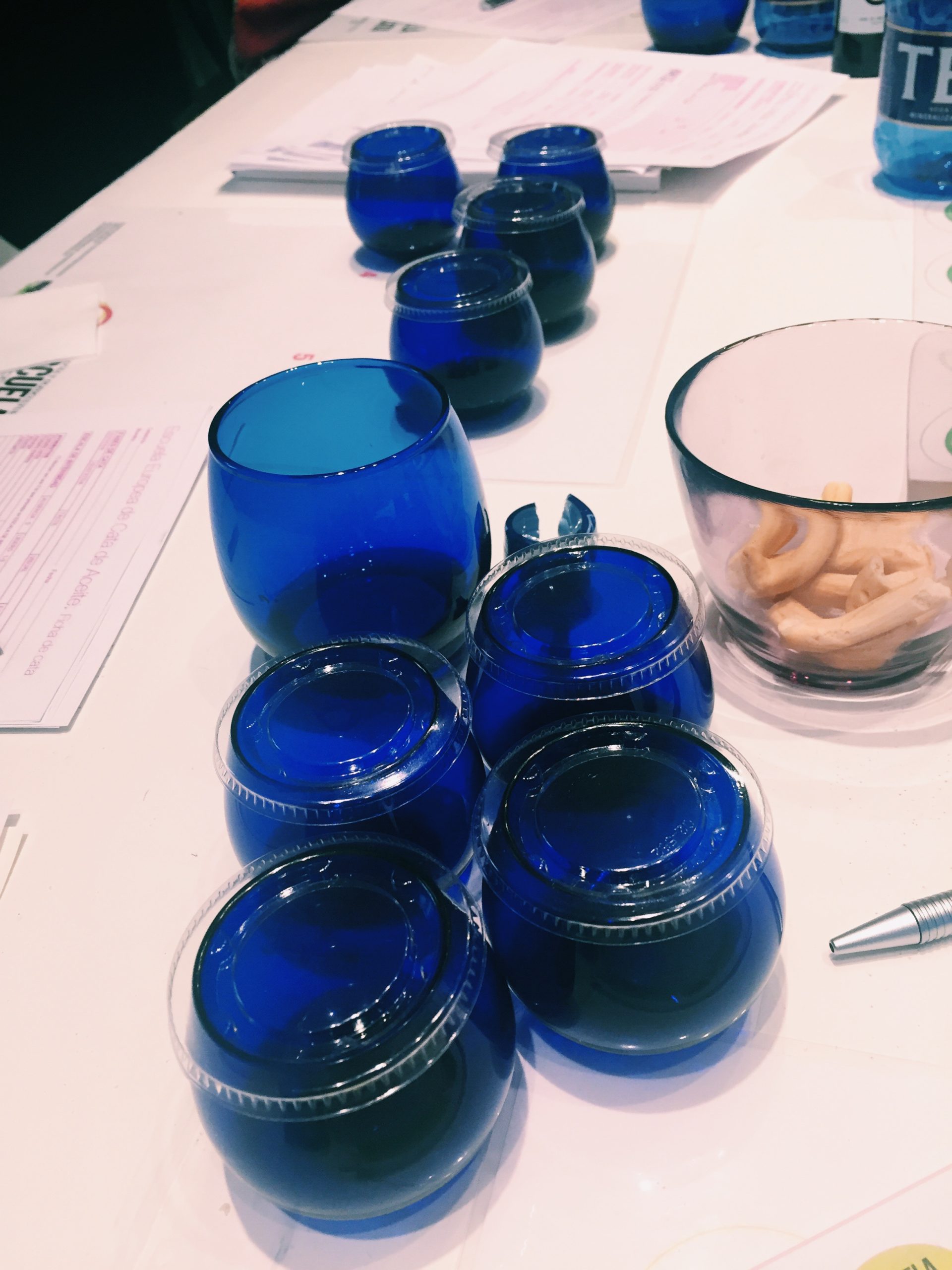

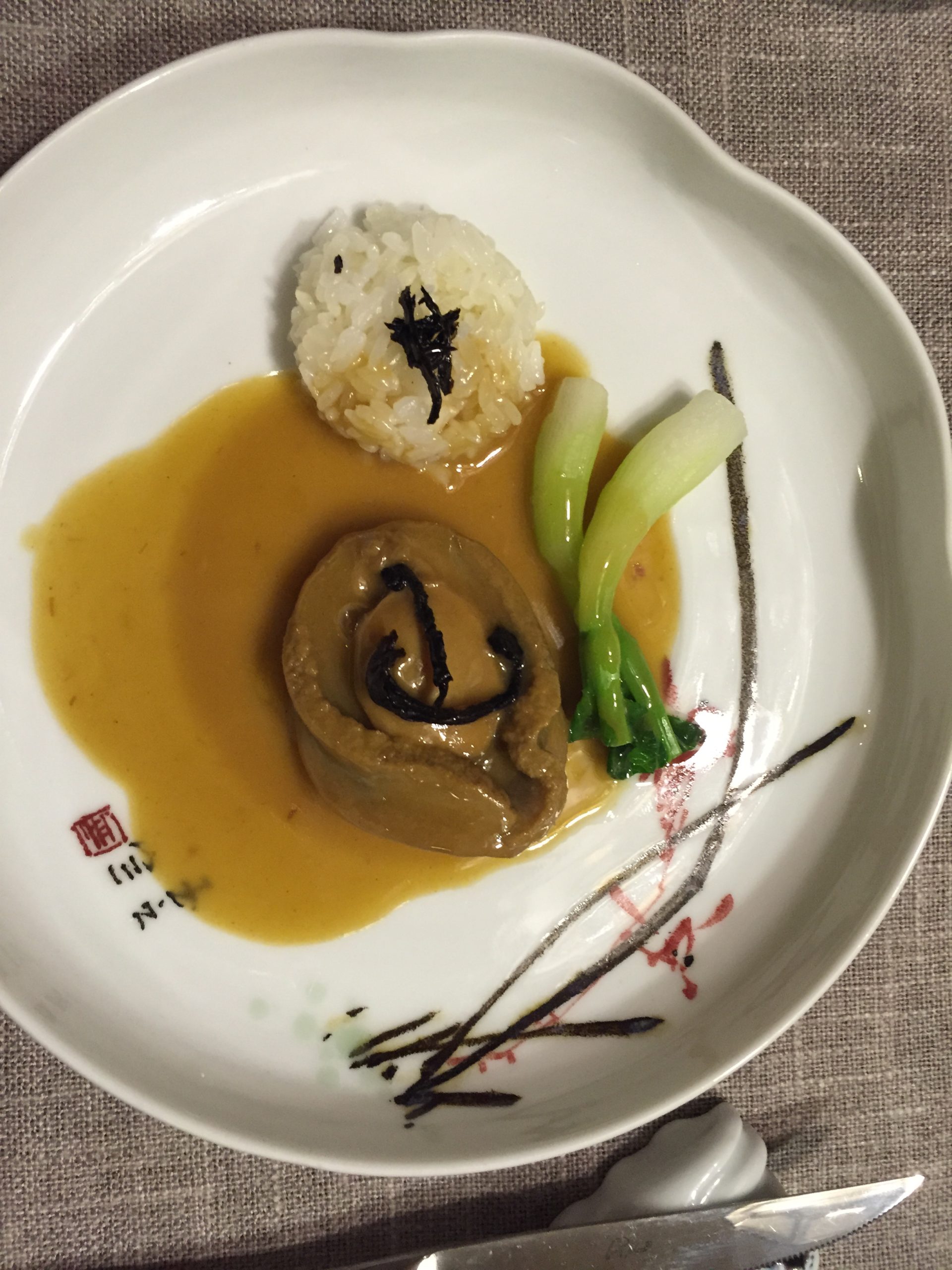
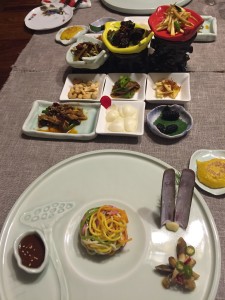 It was all delicious and intriguing but confused in the sense that it was all served at once. Although I find long menus and pontificating snobby waiters exhausting, this was for my liking too compressed. So much history, hard work thrown in one go maybe it should have be less dishes.
It was all delicious and intriguing but confused in the sense that it was all served at once. Although I find long menus and pontificating snobby waiters exhausting, this was for my liking too compressed. So much history, hard work thrown in one go maybe it should have be less dishes.